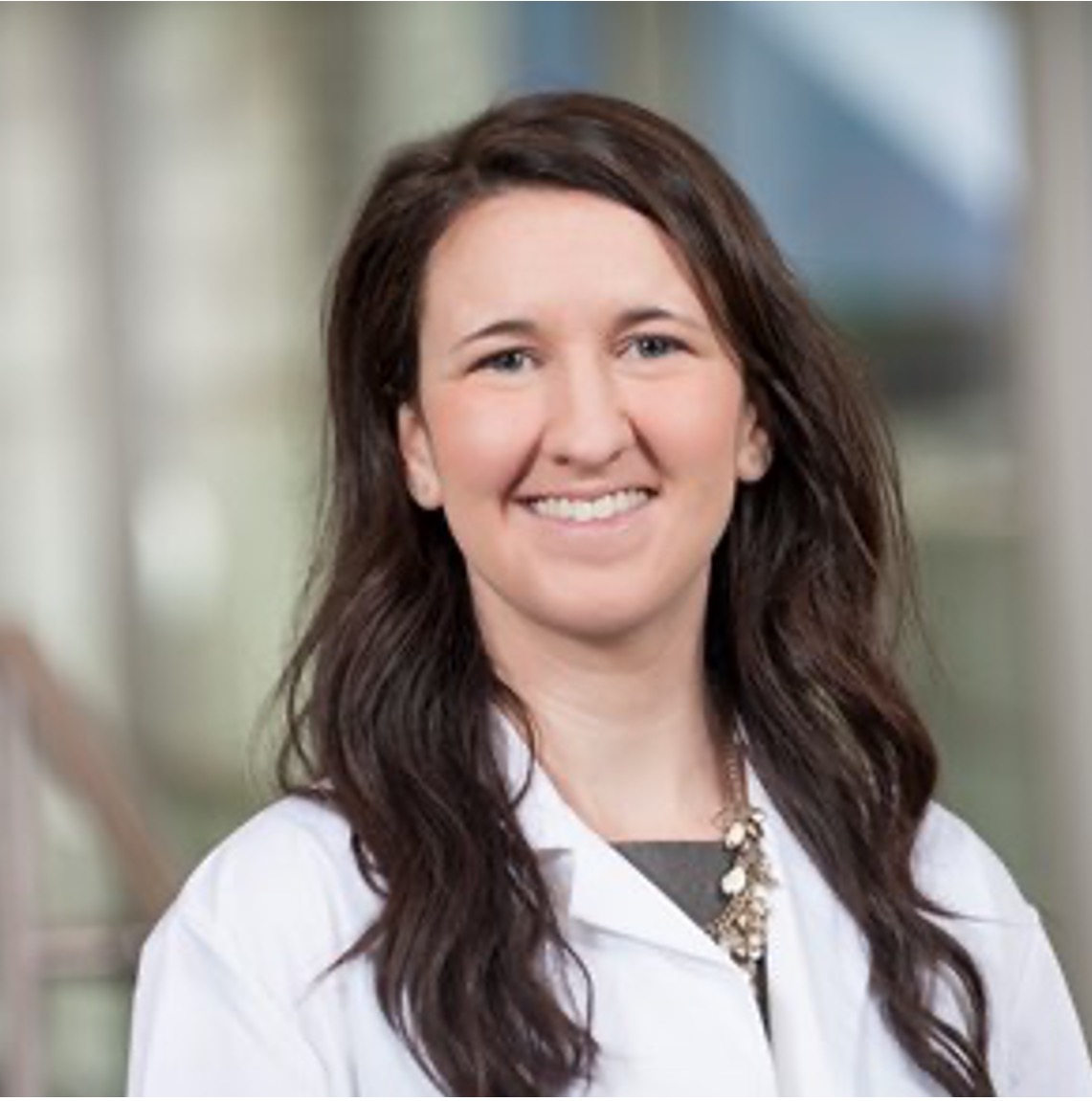
Peer Perspectives on Myelofibrosis


The Pharmacist’s Role in Myelofibrosis Management
Last Updated: Wednesday, January 29, 2025
Two experts in the field of myelofibrosis—Kathryn E. Kennedy, MSN, APRN, ACNP-BC, AOCNP®, and Sarah Profitt, PharmD, BCPS, BCOP—discuss the pharmacist's role in the treatment of patients with myelofibrosis.
Meet the faculty

Kathryn E. Kennedy
MSN, APRN, ACNP-BC, AOCNP®
Vanderbilt University Medical Center
Kathryn (Kate) Kennedy is a nurse practitioner in the Vanderbilt Ingram Cancer Center malignant hematology, working with patients with myeloid neoplasms. She is also the outpatient malignant APP hematology team lead.

Sarah Profitt
PharmD, BCPS, BCOP
Vanderbilt University Medical Center
Dr. Profitt is a clinical pharmacy specialist in malignant hematology at Vanderbilt University Medical Center. Outside of her clinical responsibilities, Dr. Profitt is an active member of the Hematology/Oncology Pharmacy Association (HOPA) and serves as an undergraduate mentor through the University of Tennessee.
